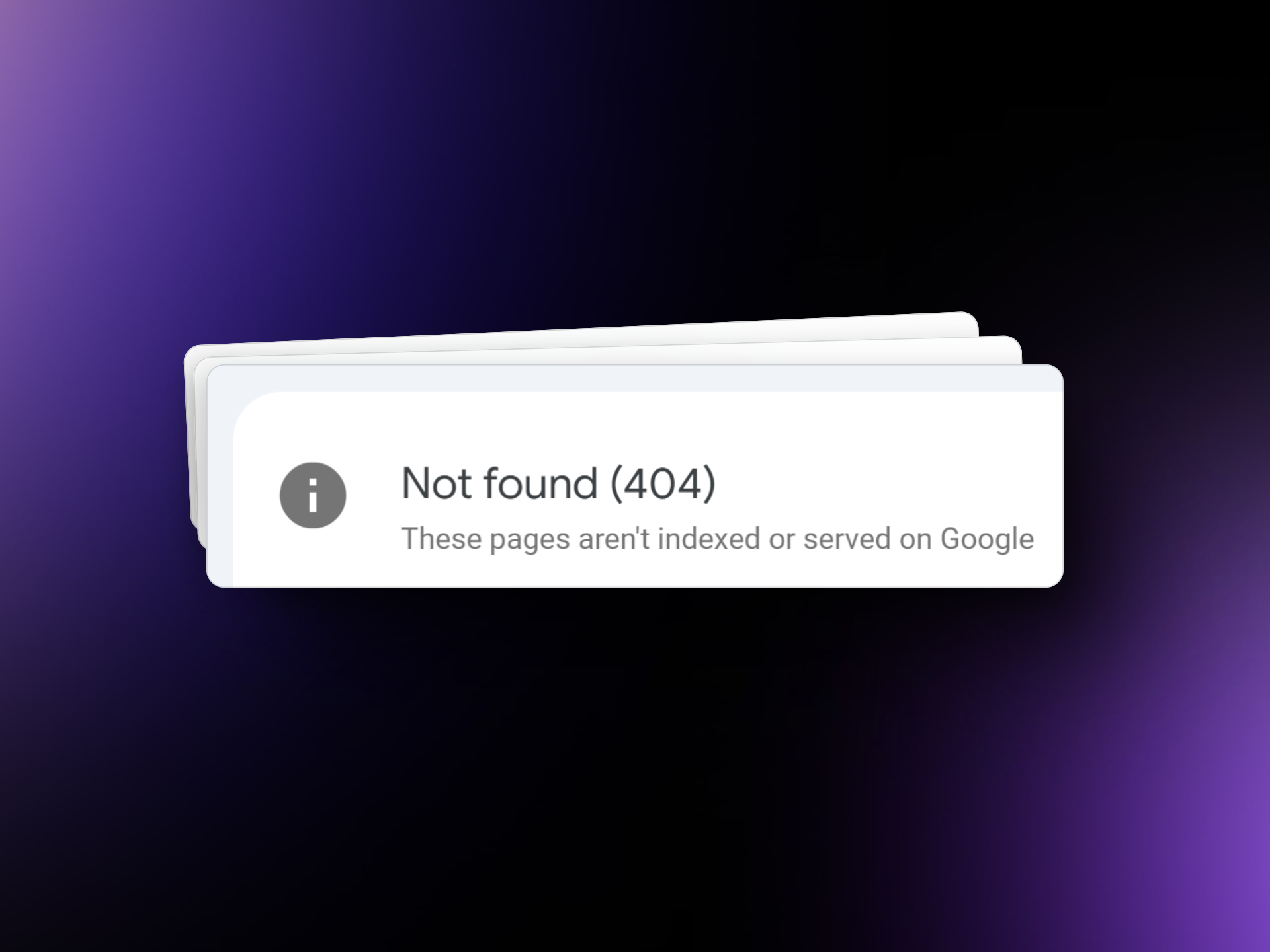Welcome to our article on how to get started with SEO for your Shopify site. In today's digital age, having a strong online presence is critical to the success of any business. Search Engine Optimization (SEO) plays a vital role in driving organic traffic to your website and increasing your visibility in search results. In this article, we will give you a checklist of things to remember when optimizing your Shopify site for SEO.
Keyword research
Begin by conducting thorough keyword research to identify the terms and phrases your target audience uses to search for products or services similar to yours. Use tools like Google Keyword Planner or SEMrush to find relevant keywords with high search volume and low competition.
On-Page Optimization
Optimize the pages of your Shopify site by incorporating your target keywords in strategic places like the page title, meta description, headings and throughout the content. Make sure your URLs are descriptive and include relevant keywords.
High quality content
Create high-quality, informative and engaging content that provides value to your audience. This can include blog posts, product descriptions and guides. Use your target keywords naturally within the content, but avoid keyword stuffing.
Mobile-friendly design
Make sure your Shopify site is mobile friendly and responsive. With the majority of Internet users accessing websites through mobile devices, a mobile-friendly design is critical for both user experience and SEO.
Optimizing Page Speed
Optimize your page loading speed to provide a smooth user experience. Compress images, minify CSS and JavaScript files, and leverage browser caching to improve your page's performance. Use tools like Google PageSpeed Insights to identify areas for improvement.
Link building
Build high-quality backlinks from reputable sites to improve your site's authority and visibility. Contact industry influencers, guest post on relevant blogs and join online communities to earn valuable backlinks.
Social Media Integration
Integrate social media sharing buttons on your Shopify page to encourage visitors to share your content. Engage with your audience on social media to increase brand awareness and drive traffic to your page.
Regular Monitoring and Analysis
Monitor your site's performance with tools like Google Analytics and Google Search Console. Analyze key metrics like organic traffic, bounce rate and keyword rankings to identify areas for improvement and track the success of your SEO efforts.
By following this checklist and implementing these SEO strategies, you can improve your Shopify site's visibility in search results and attract more organic traffic. Remember, SEO is an ongoing process, so regularly review and update your optimization efforts to stay ahead of the competition.





